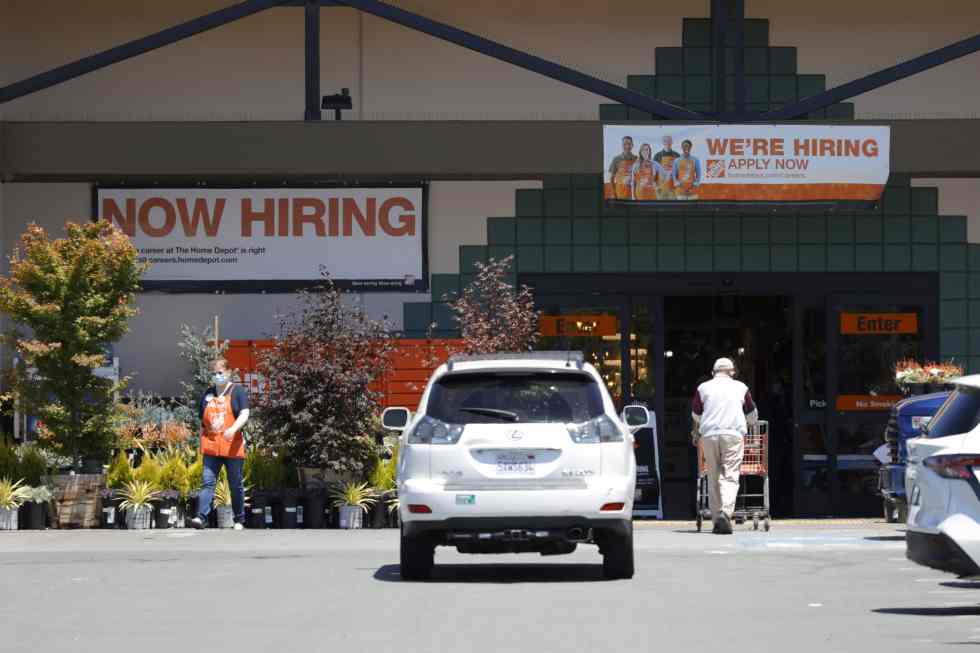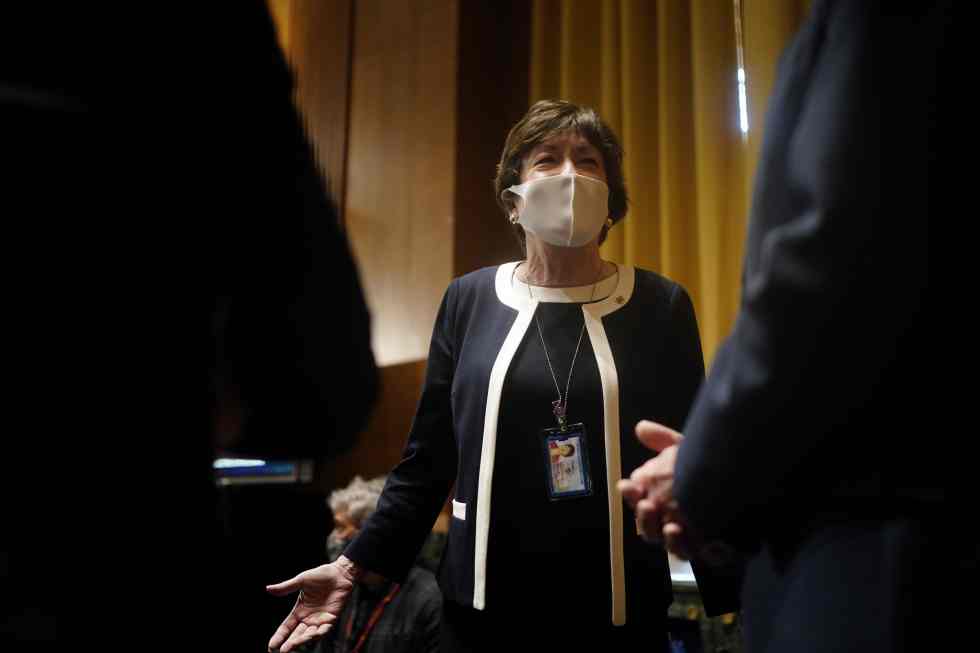The U.S.’ pandemic recession lasted simply two months and led to April 2020, a committee report revealed Monday from the Nationwide Bureau of Financial Analysis (NBER) mentioned.
NBER’s Enterprise Cycle Courting Committee decided the recession’s finish as April 2020 as a result of that’s when it mentioned jobs and output had been the bottom for the financial system. The committee mentioned the financial system started rebounding in Could 2020 because the pandemic’s recession is the shortest on file, the Related Press reported.
“In figuring out {that a} trough occurred in April 2020, the committee didn’t conclude that the financial system has returned to working at regular capability,” the committee’s announcement mentioned.
It famous that if one other recession happens, it might be separate and never related to the newest one. There are presently 6.8 million fewer jobs than there have been earlier than COVID-19 unfold all over the world.
For extra reporting from the Related Press, see beneath.
The recession hit like a derailed prepare, was massively damaging however short-lived.
NBER’s committee of economists determines when recessions start and finish.
The U.S. financial system reached a peak in February 2020, the Enterprise Cycle Courting Committee mentioned. The recession started the next month and led to April.
The tip of the recession doesn’t imply the financial system was totally recovered.
The restoration has continued in suits and begins for the previous 12 months and by some measures is almost full. The financial system’s output of products and providers possible reached its pre-pandemic stage within the April-June quarter, analysts estimate.
On July 29, the federal government will launch its first estimate of the financial system’s gross home product — the overall output of products and providers — for the second quarter. That can verify whether or not the financial system as a complete has reached its pre-pandemic stage.
The NBER’s Enterprise Cycle Courting Committee is made up of eight tutorial economists and is chaired by Stanford’s Robert Corridor. Different members embrace Robert Gordon from Northwestern College and Valerie Ramey from the College of California, San Diego.
Whereas output has possible totally recovered, the unemployment charge stays elevated at 5.9 %, in contrast with 3.5 % earlier than the downturn, which was a half-century low.
The truth that output has possible totally recovered whereas jobs haven’t will elevate considerations that firms have discovered easy methods to produce items and providers with fewer individuals. Companies have stepped up their investments in equipment, computer systems, and software program, which may allow them to automate some work.
Nonetheless, employers are additionally determined to rent, and far of the roles hole might be closed within the coming months. Employers added 850,000 jobs in June, essentially the most in almost a 12 months, and lots of economists forecast hiring will stay at these ranges within the coming months.
Employers slashed greater than 22 million jobs in March and April of final 12 months, the sharpest cuts since World Battle II. However hiring resumed in Could.
Beforehand, the shortest recession lasted six months, from January via June in 1980.











Leave a Reply